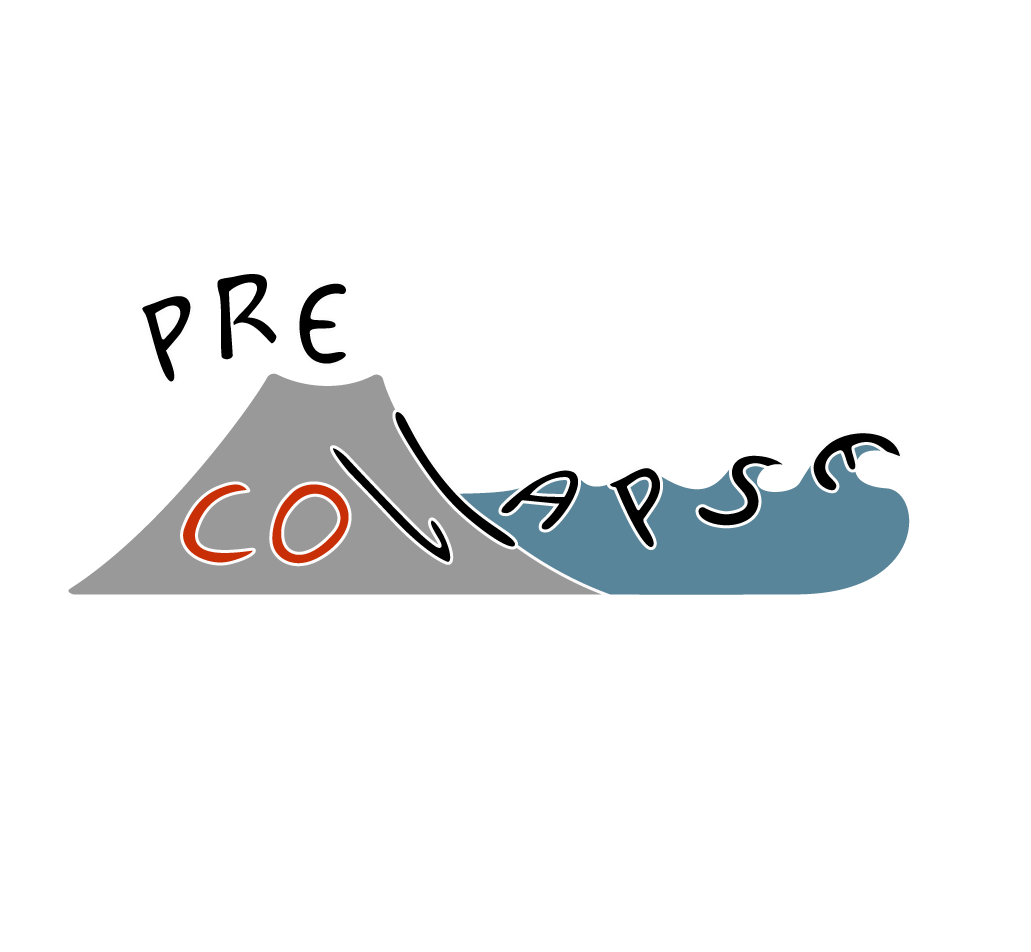
Picture: Felix Gross CAU
PRE-COLLAPSE
Slow sliding of volcanic flanks as PREcursor to catastrophic COLLAPSE
New Blog Entry-GEOMAR press release
Diving down to the base of the Etna volcano
METEOR Expedition M198 explores flank instability
13 February 2024/Kiel/Catania. Mount Etna in Sicily is the largest active volcano in Europe. Its eastern flank extends far into the Mediterranean Sea. Previous studies have shown that it moves a few centimetres per year. Now the flank is to be comprehensively mapped and selective measurements extended to create the conditions for the establishment of a land and sea observatory. The research vessel METEOR has set off on a two-week expedition for this work, led by geoscientist Professor Dr Morelia Urlaub from the GEOMAR Helmholtz Centre for Ocean Research Kiel. Prior to the cruise, GEOMAR Director Professor Dr Katja Matthes and the Sicilian Director of the Italian Volcanological Institute (INGV) met to discuss further cooperation between their research institutions. The joint monitoring of the volcano on land and under water is unique in the world.
This website gives an overview of two research projects, led by Prof. Dr. Morelia Urlaub at GEOMAR Helmholtz Centre for Ocean Research Kiel, Germany. They started in 2021 and will run for five years:
PRE -COLLAPSE -Slow sliding of volcanic flanks as PREcursor to catastrophic COLLAPSE- is a Starting Grant project supported by the European Research Council.
DO VOLCANOES COLLAPSE REPROGRESSIVELY? is supported by the Helmholtz Association of German research centres.
Volcanoes
are fast growing geological structures, resulting in mechanically unstable edifices.
As seen in 1980 at Mount St Helens, volcano flank collapses can form huge destructive landslides. On ocean islands or coastal volcanoes, these events pose an even greater threat: They can trigger ocean-wide tsunamis with extreme effects.
The most recent, but small example was the collapse of Anak Krakatau in Indonesia in 2019 that triggered a tsnunami resulting in 400 casualties.
Geological records show that volcanic flank collapses and their associated tsunamis are one of the largest and most disastrous natural processes on Earth, due to the huge energies involved. The potential impact of such a rare, unpredictable yet devastating natural disaster is largely ignored by society, leaving us totally unprepared even to detect the precursors of such an impending catastrophe.
Volcanic edifice instability can express in two ways:
Slow sliding of volcanic flanks towards the sea, as observed at numerous volcanoes worldwide or
sudden displacement of large masses in the water that can cause tsunamis with extreme and ocean-wide impacts.
Slow sliding and catastrophic collapse -
How are these two types of movement related?
How can we measure these mass movements?

Research Team
Fiene Matthies
doctoral researcher
Emma Hadré
doctoral researcher
Christina Bonanati
research communication
From the volcanic peak in the sky to its base in the deep ocean.
Crossing the shoreline to cover the entire volcanic edifice.
numerical modeling
simulation of flank sliding and its interaction with the magma system
field observations
study of shoreline-crossing interior structures of the volcanoes based on observational data
laboratory experiments
incorporation of rock mechanical behaviours at shear velocities matching those of slowly sliding flanks
Societies prepared for landslide-induced tsunamis.
Flank collapses of coastal or island volcanoes occur at low frequency but can have extreme impacts!
More and more people settle in coastal areas and society increasingly depends on global maritime transport and associated coastal infrastructure: The hazard that flank collapses pose to our civilisation is high and will increase in the future!
Because historical records of large collapses are scarce, their potential hazard is not as obvious as for very common events such as volcanic eruptions or earthquakes. Nevertheless, catastrophic collapses have occurred in the geologic past and will continue to occur in the future.
While most volcanoes in densely populated areas are intensively monitored to predict eruptions, flank collapses are not routinely considered in monitoring programs or hazard assessments. This is primarily due to a lack of understanding of the causes of flank collapses, leaving us unable to identify and interpret potential precursors.
Given the extreme direct and indirect hazards posed by flank collapses, there is an urgent need to both:
Assess the hazards and develop early warning strategies!
“Even though a large part of the world’ s population lives on the coasts, the dynamic events such as earthquakes, landslides, tsunamis, are so little understood and studied.”



























